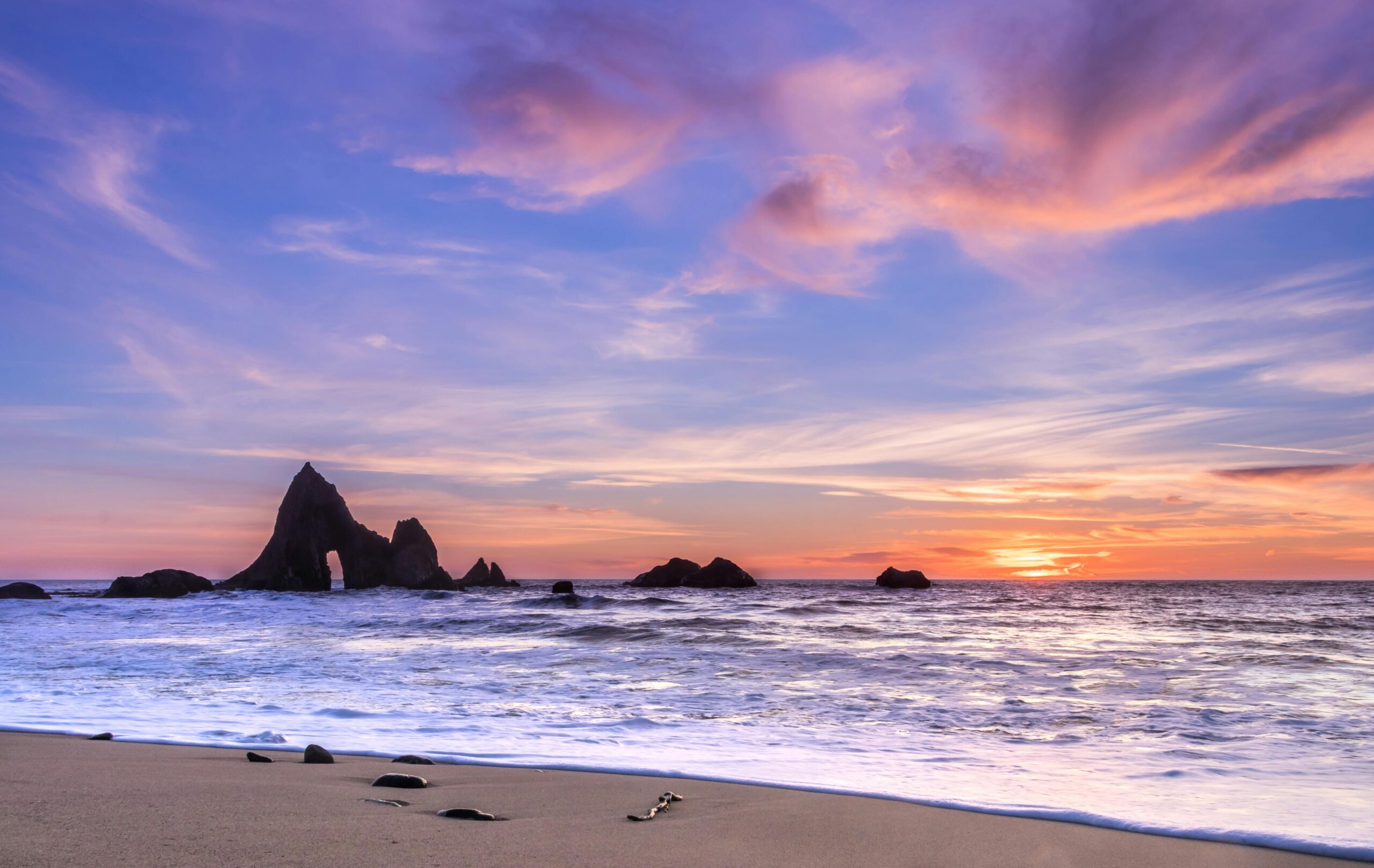Pacific Ocean
The Pacific Ocean is the largest and the deepest of the five oceans of the world, with an area of more than 63.8 million square miles (165.25 sq. km), which is about one-third of the total surface of the earth. Located in the north of the Arctic Ocean and the south of the Southern—or Antarctic—Ocean, it is surrounded by Asia and Australia to the west and America to the east.
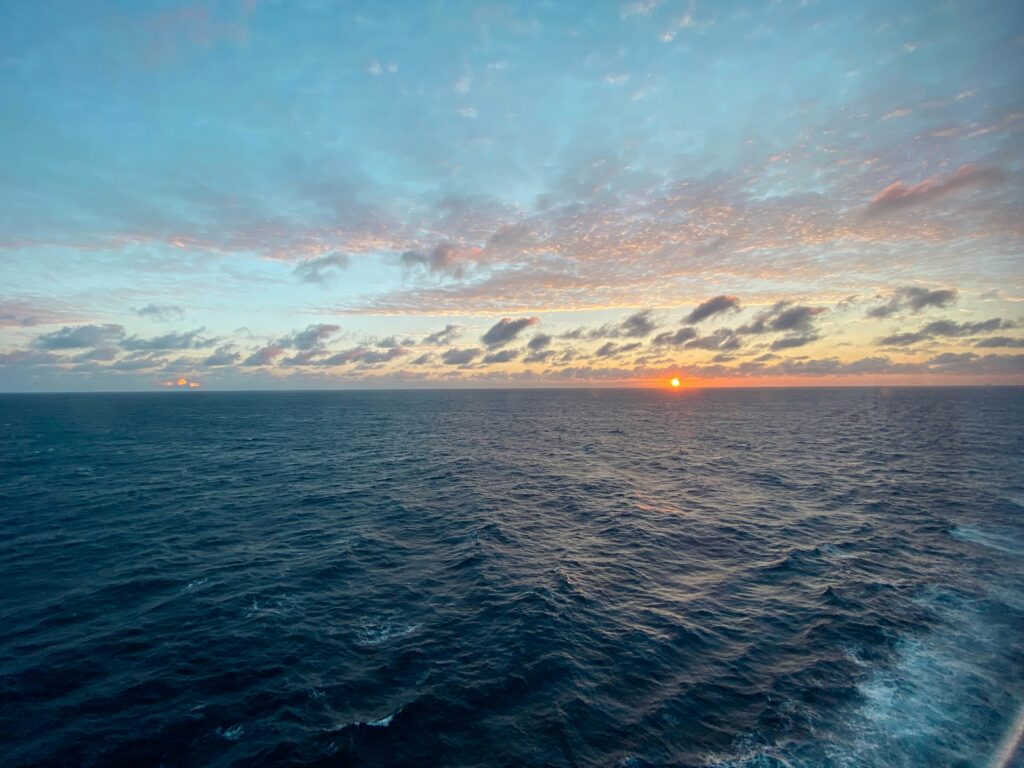
Pacific Ocean Map :
The Pacific is the biggest ocean so far and is on the western side of the Americas and stretches towards Asia and Australia.
- Northern Boundary: The Pacific Ocean touches up to the Arctic Ocean in the north.
- Southern Boundary: It goes up to the area of ice-covered water near the southern continent of Antarctica.
- Eastern Boundary: It touches the western part of the Americas—North and South—where the eastern part of the Pacific Ocean meets the American coast. This boundary runs through some of the largest countries in the world, such as the United States (California, Oregon, Washington, and Alaska); Canada; Mexico; and a few other countries of central and South America, such as Peru and Chile.
- Western Boundary: Thus, it touches the westernmost part of the Pacific coasts of Asia and Australia. The following are some of the important countries through this limit: Russia, Japan, China, the Philippines, Indonesia, Papua New Guinea, and Australia.
Geography of the Pacific Ocean :
It is surrounded by thousands of islands, some of which are in the populous island groups of Polynesia, Micronesia, and Melanesia. The strong seismic activity in the area of the Pacific Ring of Fire, which is a circle in the basin of the Pacific Ocean, is also apparent.
Size and Depth of the Pacific Ocean :
The Pacific Ocean also has the record of being not only the largest ocean but also the deepest, with the Mariana Trench being its deepest part at approximately 36,000 feet (11,000 meters) below sea level.
Climate :
The Pacific Ocean has many distinct weathers, right from the north polar waters to the warm seawaters of the low latitudes near the equator. This variation affects global weather and climate.
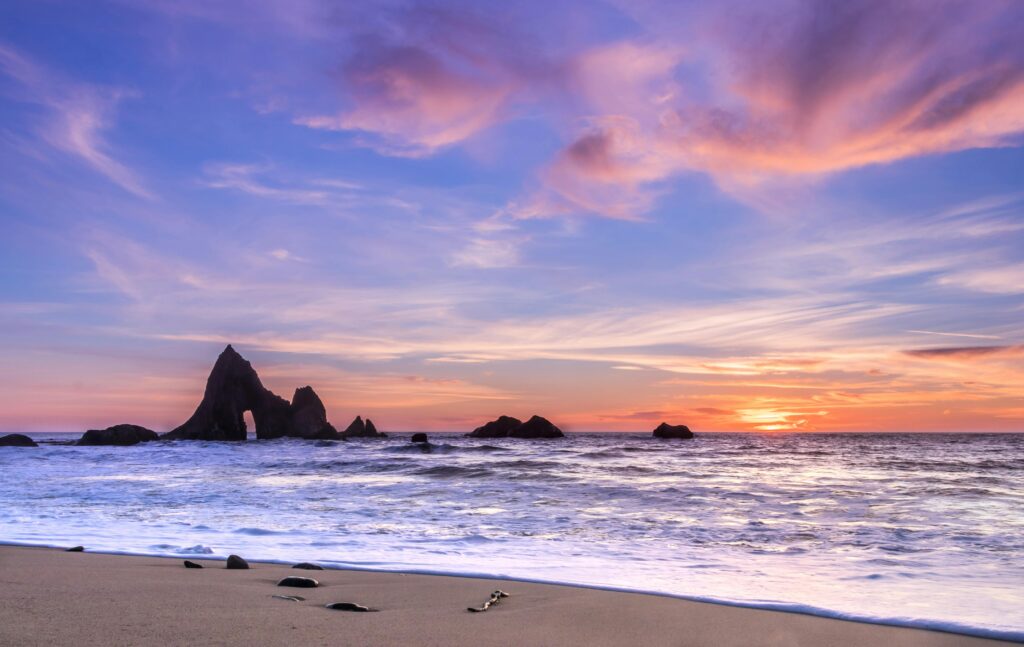
Marine Life :
The Pacific Ocean is one of the most populated areas of marine life, such as whales, dolphins, sharks, coral reefs, and various types of fish. It is also endowed with multiple ecosystems: the deep-sea trench and mangrove swamps, estuaries, and coastal line.
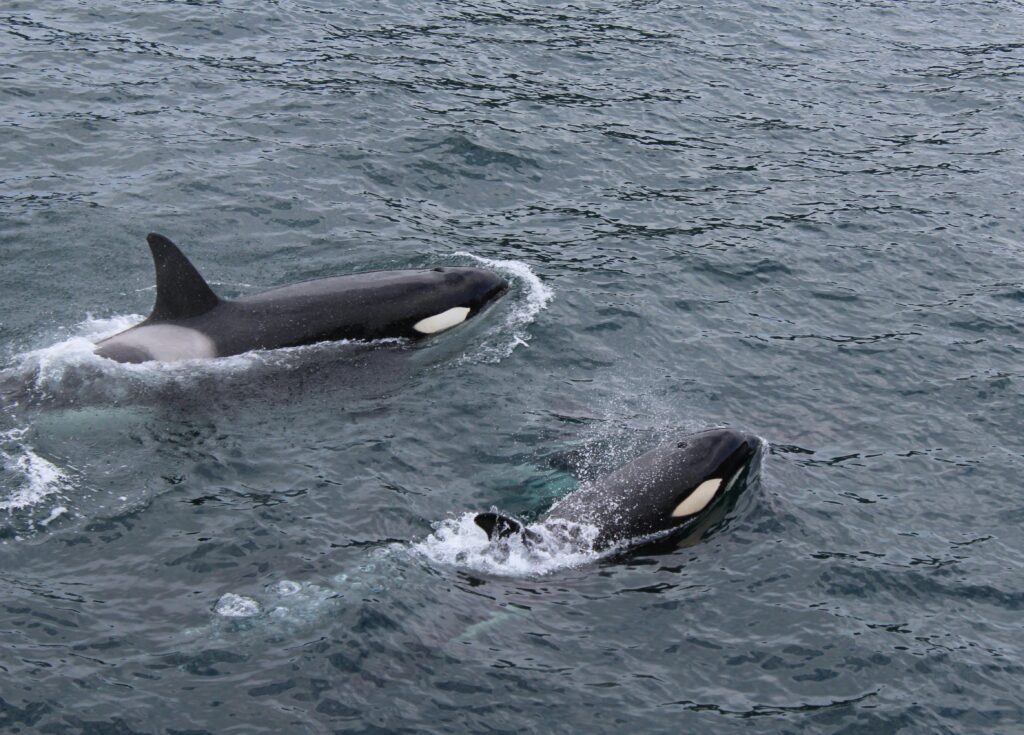
Economic Importance:
The Pacific Ocean is very strategic, especially in global trade, because most of the sea lanes are found in this ocean. It also plays a major role in providing food choices such as fish and other marine products. Besides, it is believed to have a huge stockpile of hydrocarbon resources, including oil and natural gas, under the sea.
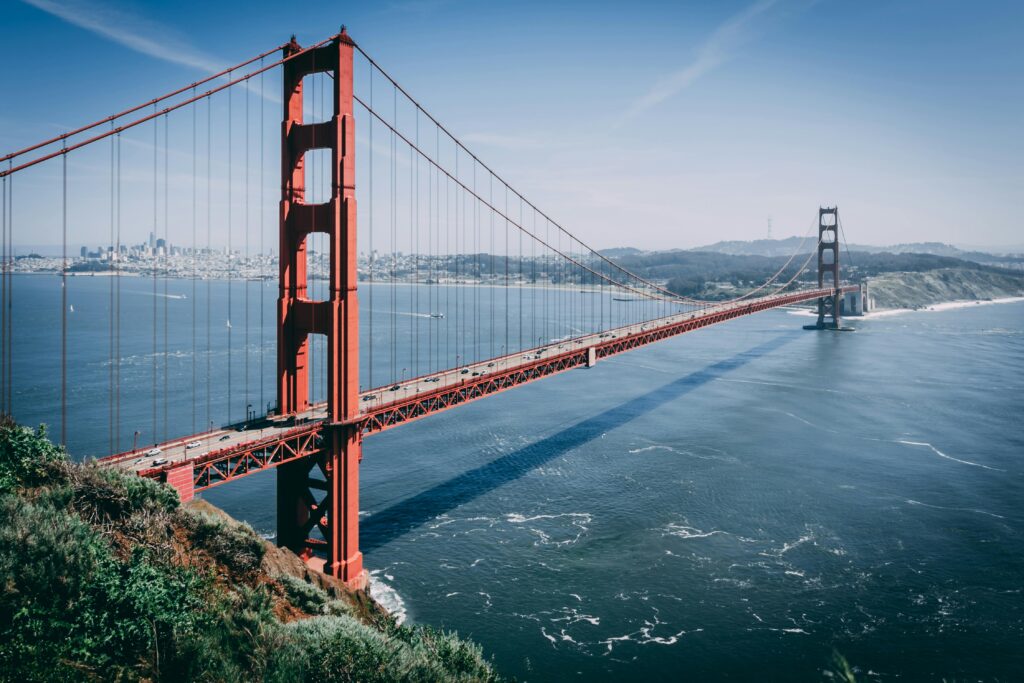
Environment Concerns :
This important commercial and fishery ocean also suffers difficulties like overfishing, plastic pollution, and impacts of climate change that negatively affect the sensitive balance of its ecosystem and nature.

Notable Regions and Features:
Island Groups: Continents: Africa, Eurasia, and the Pacific Ocean contain several islands like Hawaii, Mariana, Fiji, Samoa, Tonga, and Solomon.
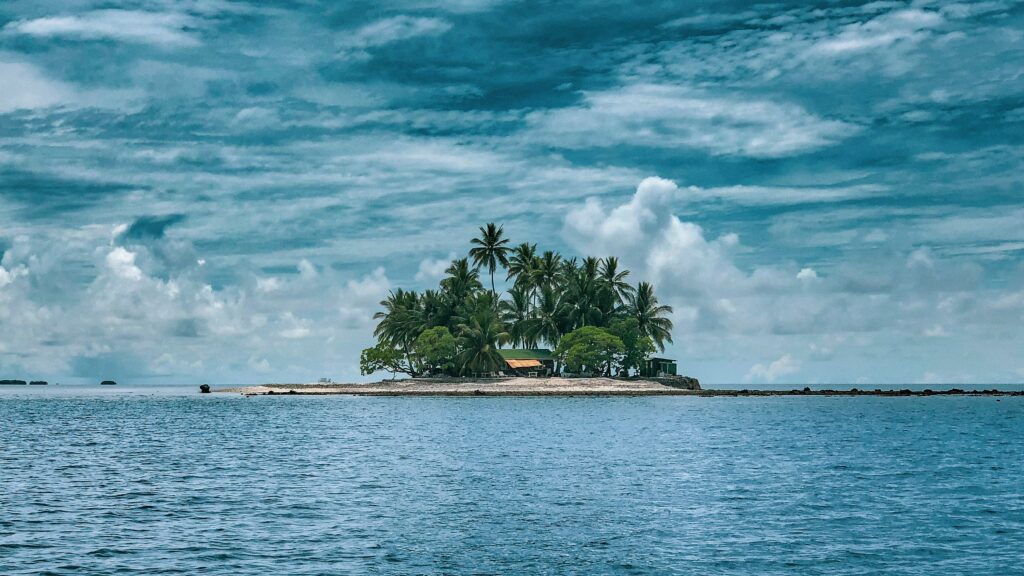
Major Features: The main geophysical characteristics of the Pacific Ocean are the Mariana Trench—one of the world’s deepest; the Great Barrier Reef off the northeastern coast of Australia; and the Ring of Fire, characterized by seismic and volcanic activities.
Island Paradise: Exploring the Pacific’s Magnificent Archipelagos
There exist more than 25,000 islands in the Pacific Ocean, exceeding the combined total of other oceanic islands. New Zealand stands alongside numerous coral atolls that barely rise above ocean water. The successful navigation through Pacific waters requires detailed mapping of the islands.
Major Island Groups of the Pacific
The Pacific islands divide into three primary areas with separate cultural characteristics throughout these regions.
Melania
The area known as Melanesia extends across the southwestern Pacific Ocean from the immense island of New Guinea to the Solomon Islands and Vanuatu, with New Caledonia and Fiji as its most eastern points. The islands in this region boast rich woodland forests and volcanic energy together with exceptional ethnocultural differences. The extensive biological wealth of Melanesia becomes evident on any thorough island atlas because it contains countless species that exist only on Earth.
Micronesia
The northern part of Melanesia includes Guam alongside the Marshall Islands, together with the Federated States of Micronesia and Palau as its many constituent small islands. Due to their diminutive dimensions, these islands attract numerous diving enthusiasts through their incredible attractions like Palau’s unique jellyfish tank and Chuuk (Truk) with its underwater wreck sites. Detailed mapping of Micronesia shows unique atoll structures together with historical World War II sites that attract history enthusiasts to this area.
Polynesia
Polynesia stretches from the central to the southern Pacific Ocean, where it forms an immense triangle between New Zealand and French Polynesia, as well as Tonga and Samoa, and Hawaii and Easter Island. The area is famous for its special cultural background, which features historic navigational methods that permitted Polynesian islanders to cross vast ocean stretches while being guided by natural celestial elements. The island grouping of Polynesia becomes evident on good island maps because they present both the extensive separations between groups and the strong cultural relationships.
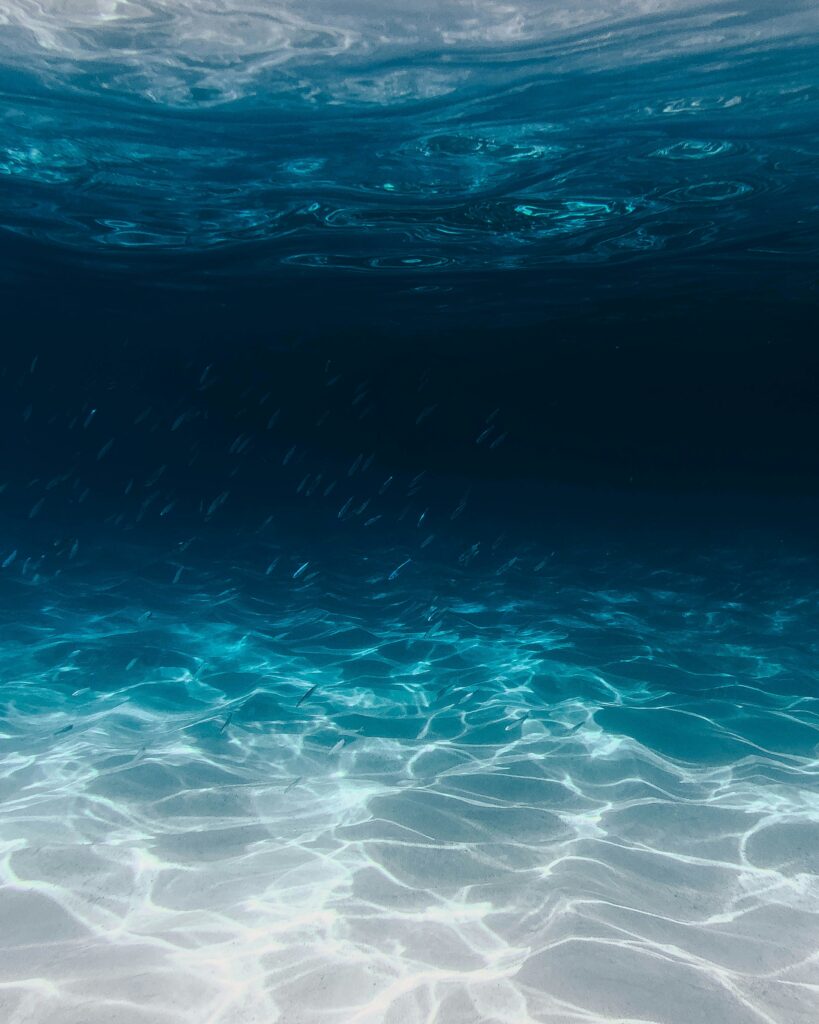
Using Island Maps for Travel Planning
The use of Island Maps functions as a vital element during travel planning stages
The appropriate island map functions as both a geographic representation and a planning visualization to display:
- Transportation options between islands (flights, ferries, cruise stops)
- Accommodation concentrations and tourist infrastructure
- The island offers visitors natural attractions consisting of coastal areas and coral reefs, along with hiking trails
- Built heritage places such as historical sites and ancient temples exist in these locations
Seasonal conditions determine the feasibility of moving between islands.
Pacific island travelers generally do not anticipate the considerable distances they need to cross between each island. The short space between islands on a miniature map would span hundreds of kilometers of maritime distance. Ease of travel between selected islands depends on understanding how far apart destinations are located because it affects both island-hopping plans and cruise routes.
SEE ALSO
- 5 Affordable Castle to stay in Scotland
- Swiss Alps in Europe : The Swiss Alps in Summer
- Best Camera for Travel Photography
Pacific Ocean Cruises: Sailing the World’s Greatest Seascape
The broad variety of the Pacific Ocean becomes most extensive through the experience offered by Pacific cruises. Various cruise ships operate as hotel vessels, which let travelers access isolated islands through their hotel-type services as well as comfort amenities.
Types of Pacific Ocean Cruises
The Pacific Ocean spans such great distances that it supports various cruise experiences for people with different preferences and finance levels.
Transpacific Voyages
Ocean navigation across the wide Pacific spans entire continental distances while connecting North America to Asia or Australia. Transpacific cruises extend from 10 to 20 days and feature views of empty scenes between ocean and sky thereby creating a distinctive travel mood that stands out from all other modes of transportation. Pacific cruise routes make ports of call at isolated destinations, which primarily get limited travel through other means.
South Pacific Island Hopping
People mostly choose Pacific cruises to visit the enchanting island destinations throughout the South Pacific region. A standard South Pacific cruise operates between the Society Islands of Tahiti and Moorea and Bora Bora and across hundreds of Fijian islands. Ocean liners on these routes focus their program on exploring beaches combined with cultural approaches as well as underwater activities including diving and snorkeling.
Expedition Cruises
Fundamental interaction with Pacific ecosystems and cultures can be achieved by taking part in expedition cruises, which lead tours to less-accessible destinations with expert tour guides. Smaller vessels possess the ability to reach spots inaccessible to larger ships through tight navigable channels in Papua New Guinea and hidden atolls in Micronesia, as well as the volcanic formations in the Aleutian Islands. Several expedition cruises make conservation along with sustainable tourism their core focus.
Planning Your Pacific Cruise Experience
The selection of a Pacific cruise depends on several essential components, which should be taken into account.
- Season and weather patterns—You can sail the Pacific throughout its tropical regions in every season, although northern and southern areas have specific cruising times due to different weather patterns.
- Vessel size—The size of the vessel determines access to isolated locations versus resort facilities since smaller ships handle remote spots without the amenities of large ships, which predominantly explore principal ports.
- Cultural focus—The emphasis of certain cruises rests on providing immersive cultural contacts with Pacific islanders, although other cruises mainly focus on displaying natural attractions and recreational activities.
- Marine life encounters—The cruise routes pass through areas where whales migrate and sea turtles nest during their seasons, and other important events occur in marine environments.
A well-detailed Pacific Ocean map featuring the cruise route lets you see your path and learn about the distinctive aspects of each port. The maps released by numerous cruise operators show their tour routes and tourist sites for each schedule.
Marine Conservation in the Pacific: Protecting a Natural Treasure
The Pacific Ocean today endures severe threats because of climate change and overfishing, together with pollution risks. Familiarity with Pacific challenges enhances the Pacific travel experience no matter which travel format you select between island maps and Pacific cruises.
Major Conservation Challenges
The Pacific’s health faces several critical challenges:
- Coral bleaching: Most parts of the Great Barrier Reef alongside various coral ecosystems across the Pacific have suffered from coral bleaching damage.
- Plastic pollution: The Great Pacific Garbage Patch along with other ocean gyres serves to accumulate millions of tons of plastic waste.
- Rising sea levels: The elevation of ocean waters threatens several Pacific Island nations located in Micronesia and Polynesia since entire populations might need to evacuate their homes throughout the next few decades.
- Overfishing: The overfishing industry has decreased wild tuna populations as well as other fish worth significant revenue which distorts the marine food web balance.
Sustainable Tourism Initiatives
Tourists who demonstrate responsible behavior help protect nature during their exploration of Pacific sites.
- Select tourism companies which have established their dedication to environmental preservation
- The public should take part in citizen science initiatives that monitor coral health along with marine debris.
- People must respect the boundaries that Pacific Ocean maps draw to protect marine protected areas.
- Volunteers should join local conservation organizations during their visits to Pacific islands.
- People should practice both diving safety and snorkeling etiquette along with careful beach practices.
The majority of Pacific cruises provide conservation education experiences for their passengers to educate them about visiting ecosystems and sustainable practices for respect. The rising distribution of detailed island maps now shows protected zones that make it simpler for tourists to find their way through delicate sites respectfully.
Digital Resources: Pacific Ocean Maps and Planning Tools
The expansion of digital technology completely altered how individuals conduct their research for and plan their Pacific tours. The internet enables users to obtain extensive details about Pacific Ocean mapping alongside island terrain details and cruise route planning assistance.
Interactive Pacific Ocean Maps
The online mapping platforms enable users to access exceptional details alongside multiple customization features.
- Google Ocean provides underwater topography, marine protected areas, and points of interest across the Pacific.
- National Geographic Maps offers authoritative Pacific Ocean maps with educational overlays showing currents, marine life distributions, and cultural information.
- Maritime navigation platforms like Navionics provide professional-grade Pacific Ocean maps useful for sailors and cruise passengers alike.
Virtual Island Exploration
Preview tours through digital island maps become available to visitors before their physical location visits.
- The digital system provides full-circle panoramic views of beachfronts as well as viewpoint locations and heritage locations.
- People can experience signature diving areas and underwater locations through virtual tour technology.
- The mapping system includes historical and archaeological sites throughout the cultural heritage.
- The maps contain markings for hiking trails together with markings for surfing spots alongside other recreational destination points.
Virtual island maps provide visitors with destination plans to maximize their time on holiday.
Conclusion: Your Pacific Adventure Awaits
The Pacific Ocean maintains its position as our planet’s ultimate uncharted territory since it hosts unlimited admiration among islands and social structures and distinctive oceanic flora and fauna. People who study Pacific Ocean maps and use island maps and research Pacific cruises will discover endless opportunities to explore this remarkable area.
Your Pacific adventure should respect the exceptional nature of this ocean as you protect it while you appreciate it. Consult eco-friendly operators for your travel needs while accurately respecting cultural and environmental practices of local communities through efforts that support the vital conservation work protecting this priceless natural resource.
Do you intend to start arranging your Pacific Ocean voyage? Your start should include detailed Pacific Ocean map studies followed by sustainable cruise research and a creation of your desired island travel itinerary. Embark upon your ideal ocean exploration on what stands as the world’s largest water body.
More Travel Guides For World Tour
Thanks for looking! I hope this guide gave you some ideas for the Pacific Ocean, Pacific Ocean Map, Island Map, and Cruises | A Complete Tour Guide
Create a budget planner for your trip to Europe by understanding this Blog. Highly suggest reading this Europe Budget Planner.
Don’t forget to bookmark my blog for more Travel guides coming soon!

